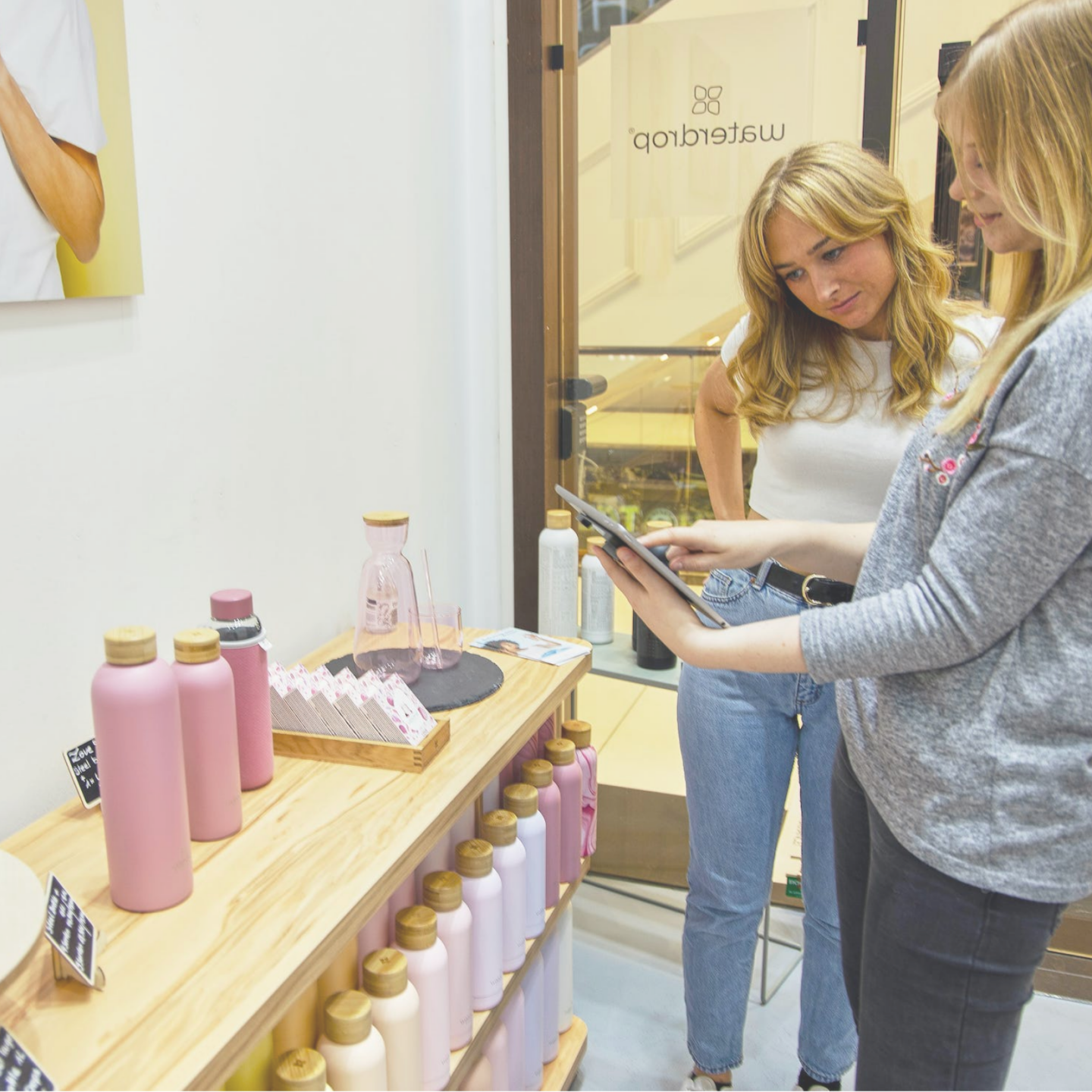Omni channel retailing is definitely a buzz word you must have come across. Especially, since the pandemic started, massive number of brands dedicate their work to develop an omni channel strategy. Sales were always the focus of businesses. The commerce world is only getting bigger. When there is such big offering and competition, now the power belongs to customers. They have endless choices of products. Now they can be picky. Shopping is not only about the product. It’s a whole experience. That’s what omni channel retailing is all about. Creating the perfect and rich shopping experience.
What is omni channel retailing?
Also known as omni channel commerce, omni channel retailing is all about providing a seamless shopping experience for customers across many retail channels. With the possibility to sell on multiple platforms, the game is on. If before selling was only done in department stores, now brands can easily sell on Instagram, Facebook, Pinterest, on their website, on other brands’ websites, via Google Merchant, via Influencers, etc. The main focus is to sell seamlessly on all retail channels. This means no discrepancies of prices, descriptions, availability. The message is clear, synched and dedicated to provide a top-notch customer experience.
Omni channel retailing doesn’t mean you need to be everywhere. It means you need to be in all the places where your customers are. This is what sets apart exclusive brands on the market. Omni channel retailing provides customers a unified shopping experience across all channels and touch points.

How to establish your omni channel?
In the heard of a true and efficient omni channel is great organization. As this strategy is all about coherent information and approach, being organized is crucial. It requires a high level of efficient and fast communication between different channels.
- Internal organization – many businesses fail to achieve an omni channel because of internal power struggle and miscommunication. Make sure your internal organization is at a level that it could handle an omni channel. This is the solid base on which your strategy would depend
- Relevant channels – depending on your field and your audience, determine the channels that would be most beneficial for you. FInd out where your audience is. Then create a presence for your brand that resonates with them
- Coherence – relevant and updated information is a key. All channels must guide shoppers clearly and avoid misleading information. Synchronization between the channels is what this is all about.
- Analytics – as you’d have various channels and touch points with your customers, each separate channel needs to be analyzed and optimized. This is crucial for understanding good trends and taking advantage of them
- Strategic presence – ask yourself a few questions before taking a decision to act on any part of your omni channel plan . The answers would help you map out a strategy and help you look for results and progress later down the road.
- Why do I need to have an online presence on this specific channel?
- What results am I looking for?
- What does success look like?
- Shopper’s journey – map out the journey of your customers. The idea is to make is as flawless as possible so they’d easily make that purchasing decision
3 companies with flawless omni channel experience
- Starbucks – let’s look at the reward programme of Starbucks. You get a rewards card that you could use anytime you make a purchase. To take this simple loyalty program to the next level, adding convenience makes a real difference. You can check and load your card from your smart phone, in-store, on the app or on the website. Every change to the card and the account is updated across all channels instantly. No discrepancies. This allows you to reload your card in the last minute before purchasing your morning coffee.

- Disney – it’s no surprise that well known companies are navigating omni channel retailing the right way. Maybe that’s why they manage to be on top. Disney’s omni-channel experience starts with an attractive mobile-responsive website where you could book a trip. By using the My Disney Experience tool you can plan the trip you’ve booked on the website. You can decide where to have a meal and to arrange your Fast Pass. When you get to the park, using the mobile app makes it easy for you to find where are your favourite attractions. On the same app, you can see estimated wait time and plan your day in an optimal way.
- Sephora – they went with the idea to connect their customers’ online orders to their in-store visits. Shoppers can use tablets in Sephora stores to see their own beauty bag account while shopping. That online account gives the option to customers to try on products virtually by using dedicated software. They can add products they want to the wish list. Thanks to the app, later on, when shoppers visit a Sephora store, they can purchase their wish list. The seamless connection of the Beauty Bag account to the in-store channel, lets customers track down products easily.
Start small and build up your omni channel
Omni channel is a concept that could work in any scale. If you are new to that, you can start small. You can establish an omni channel experience only for a particular product, service with a few channels. Once you have this shopping journey done right, you can add new channels and products. Building up slowly is easier and you also learn on the way.












Wow, this paragraph is fastidious.
This piece of information is priceless
Excellent article. I absolutely appreciate this website